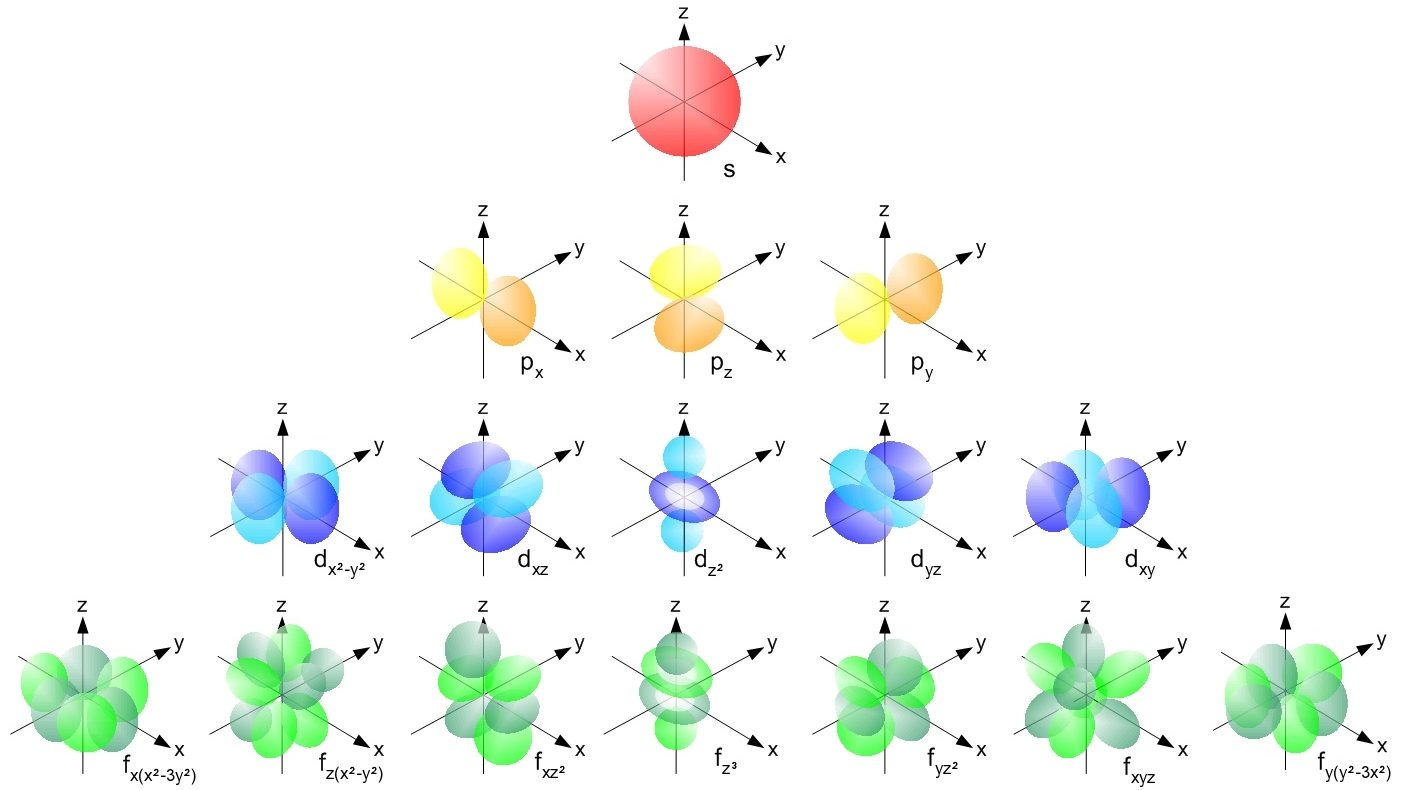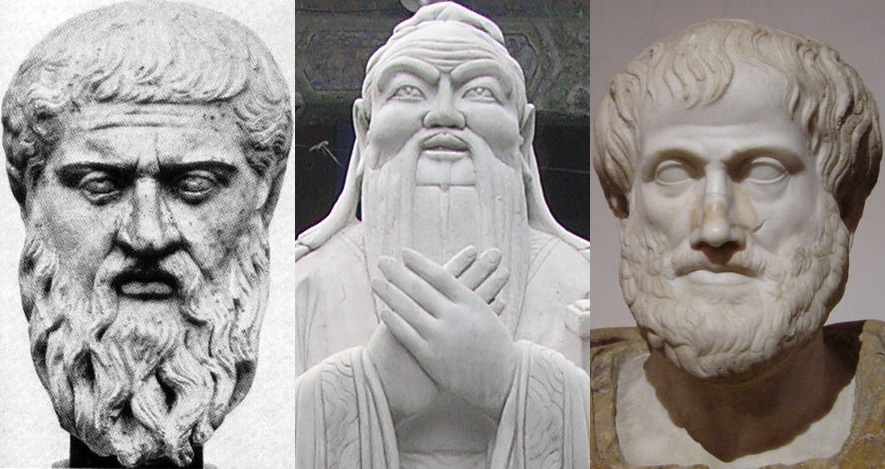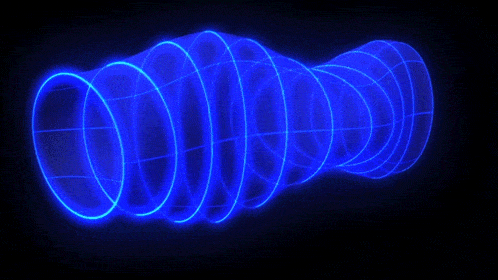It was barely a century ago that we thought the Milky Way encompassed the entirety of the Universe. Now? We’re not even a special galaxy.
All Articles
Plato’s cave metaphor illustrates the cognitive trap of ignorance, where we may be unaware of the limitations of our understanding.
It’s been 65 years since Richard Feynman saw “plenty of room” in the nano-world. Are we finally getting down there?
Even with just a momentary view of our galaxy right now, the data we collect enables us to reconstruct so much of our past history.
“Personhood” credentials could cleanse the internet of bots — but are the costs worth it?
Will “Sausage Party” survive the test of time?
50 years ago, Stephen Hawking showed that black holes emit radiation and eventually decay away. That fate may now apply to everything.
A National Center for Data and Evidence could supplement our archaic and expensive system and more accurately measure AI’s impact on jobs.
Welcome to The Nightcrawler — a weekly newsletter from Eric Markowitz covering tech, innovation, and long-term thinking.
The closest known star that will soon undergo a core-collapse supernova is Betelgeuse, just 640 light-years away. Here’s what we’ll observe.
The Wharton School professor — and author of Co-Intelligence — outlines ways we can tap into the AI advantage safely and effectively.
In 2021, residents of the top America could expect to live 20.4 years longer than residents of the bottom America.
We have very specific predictions for how particles ought to decay. When we look at B-mesons all together, something vital doesn’t add up.
The integration of artificial intelligence into public health could have revolutionary implications for the global south—if only it can get online.
A new railway will switch the Baltic region’s train gauge from Soviet to standard European — a megaproject with political, economic, and military dimensions.
By looking back at future dreams we can see our current hopes and visions in a whole new light.
Most waves need a medium to travel through. But the way that light and gravitational waves travel shows that space can’t be a medium at all.
For J.R.R. Tolkien, the single most important element of a fairy tale was the dramatic reversal of misfortune in the story’s ending.
Leaders ideally intertwine their own success with that of their teams — if that’s not the case at your workplace, here’s what to do.
The Sombrero is the closest bright, massive, edge-on galaxy to us. JWST’s new image, taken with MIRI, finally shows what’s under its hat.
Behind America’s hunt for a superior semiconductor.
The nonprofit made a bold gamble on the limits of “fair use” — and federal courts have not backed their play.
How many scientists does it take to ruin a good conspiracy?
This supremely simple hack can help you establish good habits, break bad ones, and guard against failure.
One of the fundamental constants of nature, the fine-structure constant, determines so much about our Universe. Here’s why it matters.
Around the world, biofuels, so-called green energy sources, are waving major red flags.
Two great philosophies — but do they work better together?
Welcome to The Nightcrawler — a weekly newsletter from Eric Markowitz covering tech, innovation, and long-term thinking.
Gravitational waves are the last signatures that are emitted by merging black holes. What happens when these two phenomena meet in space?
“We can build AI scientists that are better than we are… these systems can be superhuman,” says the FutureHouse co-founder.





























